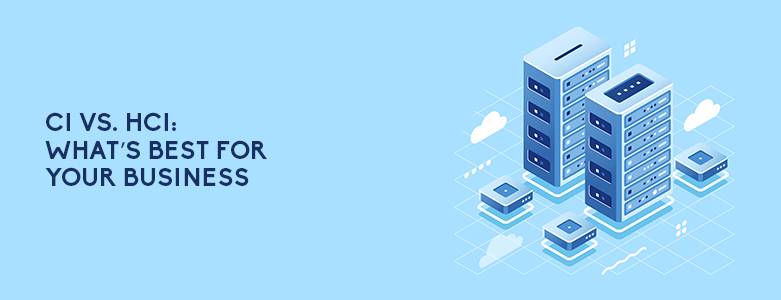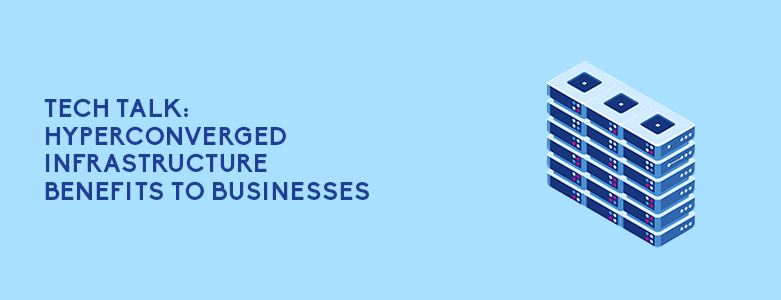CI vs. HCI: What’s Best for Your Business

With advancements in technology, we are seeing more complexity being introduced into most business infrastructures. To lessen this, businesses need to aim to lessen the tasks in setting up and maintaining a proper IT environment for businesses. This is why the concept of Converged (CI) and Hyperconverged infrastructure (HCI) was made to help simplify the […]
Tech Talk: Hyperconverged Infrastructure Benefits to Philippine Businesses

Today’s technologies are enabling companies to operate their business in ways that would not have been possible a few years back. This, however, has created a lot more complexity within the traditional infrastructure and can drive the costs higher if not addressed. If your business has been experiencing this very issue, you might have come […]
Cisco Meraki Hits 1 Million network Milestone!
On May 23, 2017, about 10 years since the first shipped Meraki product, the Meraki network community reached a milestone of 1 million networks! This comes as no surprise as more and more industries demand that their IT is able do more with less which may include tasks such as: Supporting corporate devices and any preferred user devices […]
